Starbucks autumn mix coffee beans how to rush autumn integrated packaging imply ct story theme collocation
Professional coffee knowledge exchange more coffee bean information please follow the coffee workshop (Wechat official account cafe_style)
For more boutique coffee beans, please add private Qianjie coffee on Wechat. WeChat account: qjcoffeex
When autumn comes, Starbucks always brings you a variety of autumn coffee beans. The warmth of the apricot leaves in autumn and the golden color of the sunset, in addition to the packaging visually filled with the warm smell of autumn, this coffee can also feel the sense of comfort brought by autumn in its taste.

What is the combination of coffee beans in which areas in autumn?
In order to create a down-to-earth flavor, Starbucks chose coffee beans from Sumatra, Indonesia, with Antigua, Guatemala and Kenya. Delicate herbal and cocoa flavors with subtle spice flavors, with medium roasting, show mellow and solid, moderate acidity, round and full coffee flavor, as if in the autumn woods.
The implication of comprehensive packaging in autumn
The packaging design of autumn integrated coffee is based on tradition and history, and is constantly developing and evolving to reflect the unique flavor characteristics. The packaging illustrations inspired by this season attract people to explore, and the colorful plants of the season show a sense of freshness and hierarchy, creating a harmonious sense of integrity-just like the coffee itself.
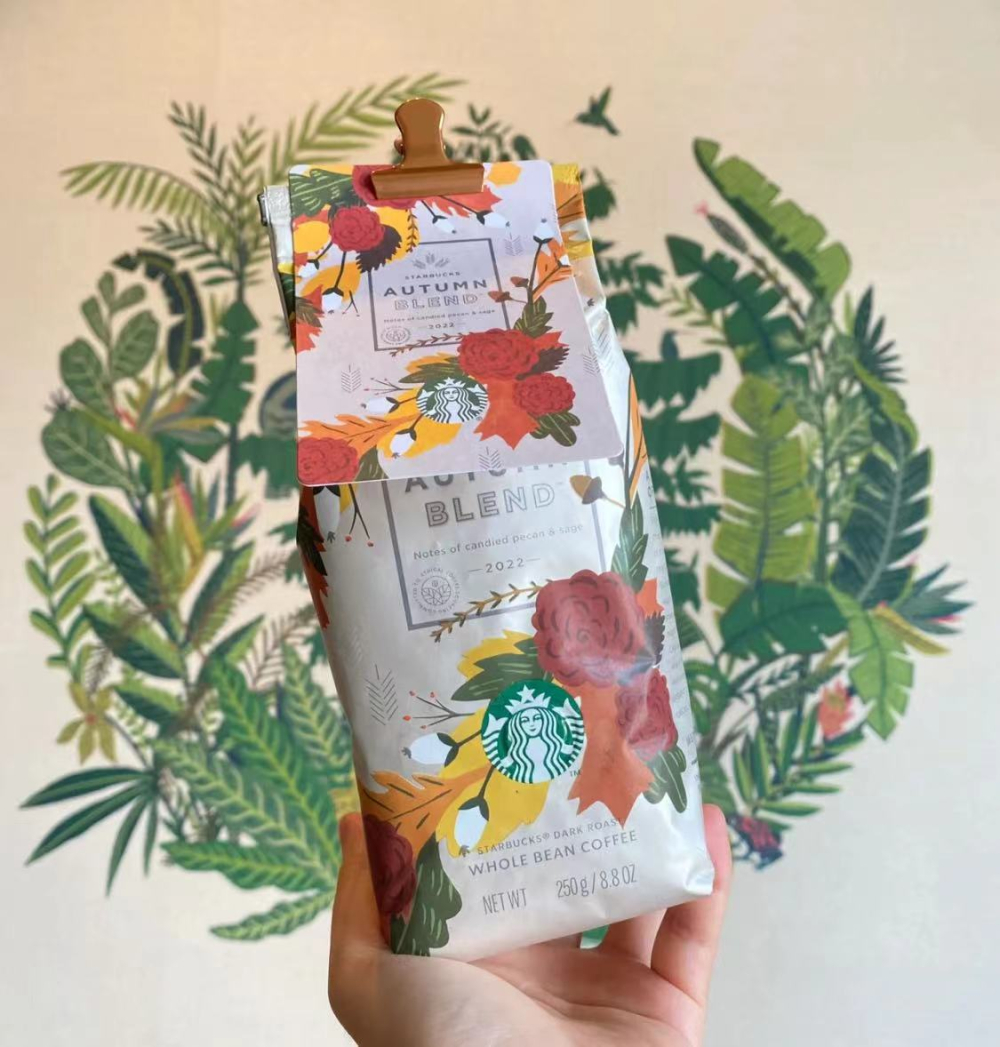
Comprehensive flavor performance in autumn
The coffee has a balanced flavor, fully expressing the praise for this autumn. Starbucks Autumn mixed Coffee shows the geographical flavor from the world's major coffee producing areas, including beans from the Great Rift Valley of Africa, Sumatra and Antigua, Guatemala. Created by our blending masters, like the chef preparing an autumn feast, I finally tasted this elegant cup of coffee, accompanied by the flavours of amber berries and sage, and the sweetness of dried figs.
When you use autumn comprehensive CT, you can bring the flavor of coffee from the packaging design, and then associate it with Starbucks' humanistic care, so that customers can feel the warmth of Starbucks and Starbucks baristas through the story.
Stories of Sumatra producing areas in Indonesia & characteristics
Sumatra is located in the west of Indonesia and is also a coffee-growing area of Arabica in Indonesia. Sumatra runs northwest-southeast and intersects the equator in the middle. It consists of two areas: the Bali Mountains in the west and the marshes in the east, with plenty of Rain Water and a warm climate and an altitude environment for Arabica coffee. Manning Coffee, which is loved by many coffee gluttons, comes from here. (note: Mantening refers to Arabica coffee grown in Sumatra, not the producing area, and its name comes from the local Mantenin people.)
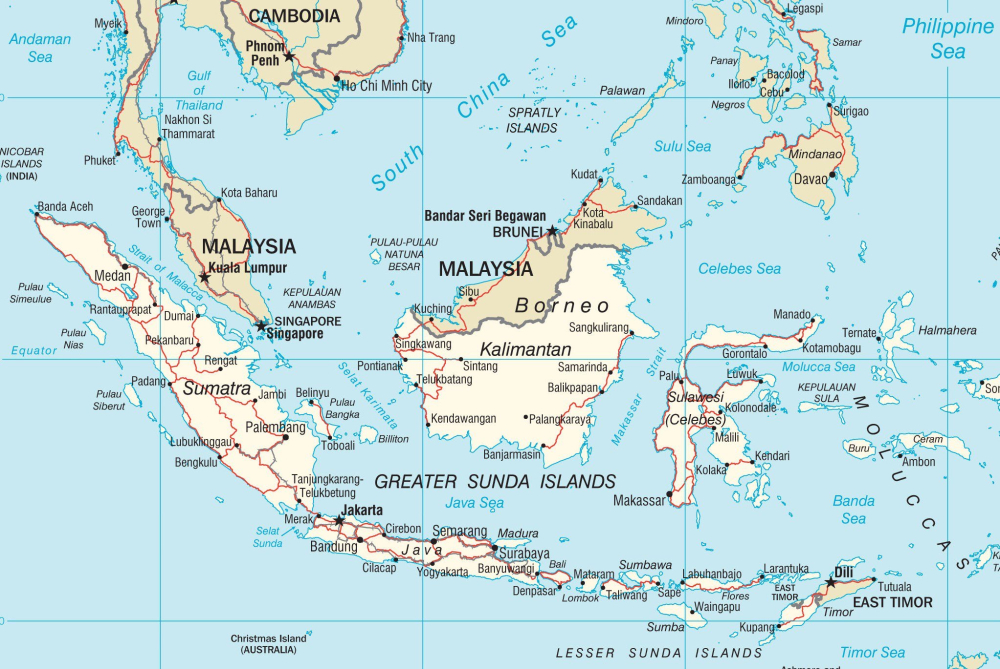
There are two main coffee-growing areas on Sumatra: Aceh, located in northern Sumatra, representing coffee beans "Qianjie Coffee PWN Gold Manning Coffee beans", and a Linton producing area in Danau Toba Lake in south-central Sumatra, representing coffee beans "Qianjie Coffee rations selected Lindong Manning Coffee beans" On the other hand, Manning coffee from Lindong producing area is used comprehensively in autumn.
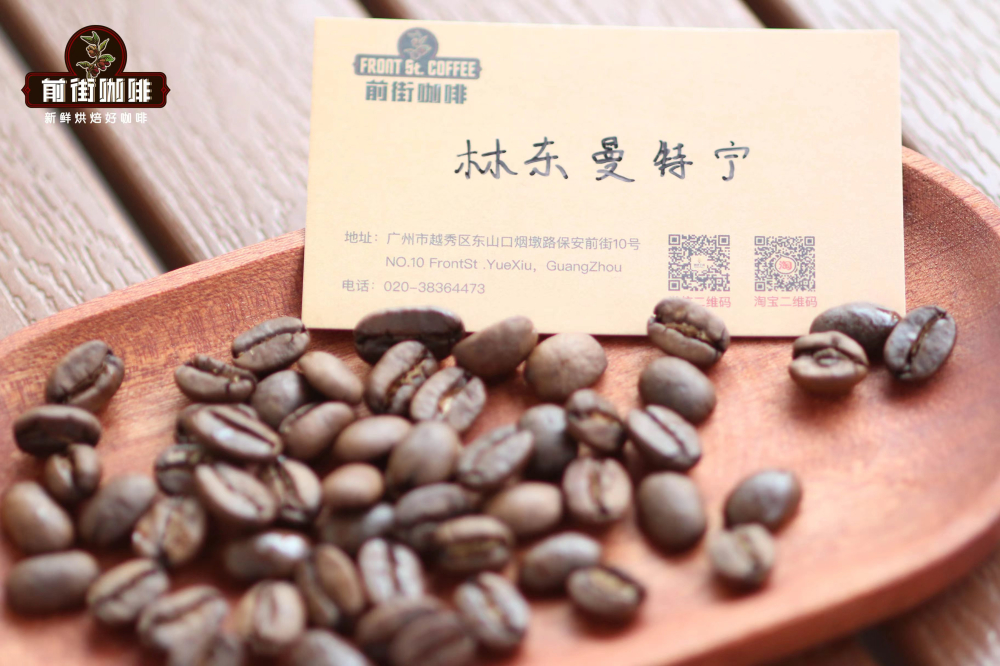
The difference between the two is that PWN gold Mantenin coffee beans will be selected by hand at least three times after harvest and drying to ensure that the specifications of the coffee beans are more than 18. There are less than 3 defective beans (300g raw bean samples), which belongs to the highest grade G1. PWN is dark green in color and is a neatly shaped flat bean. Although Lin Dong Manning coffee is not as meticulous as PWN gold Mantenin coffee beans, its flavor is very similar to that of Sumatra coffee: herbal aroma, dark chocolate, caramel, sweet back.
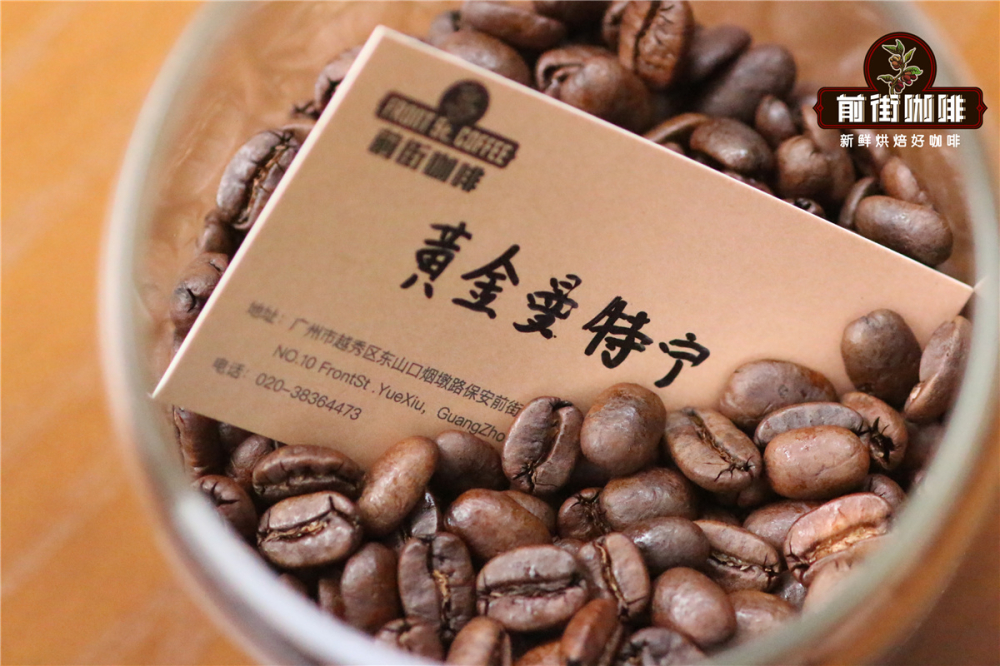
The Story of Antigua producing area in Guatemala
The Antigua Valley of Guatemala has always been the most famous coffee producing area in Guatemala, and the local microclimate provides excellent conditions for growing coffee. Active volcanoes bring fertile volcanic soil to the Antigua region and unique volcanic pumice. The cooling material after the eruption of volcanic magma is porous and insulated, which is very suitable for moisturizing in the soil and just makes up for the problem of low rainfall in the producing area. At the same time, with the common shade trees in this area, it is not easy to lose water and make the coffee fruit have a unique flavor.
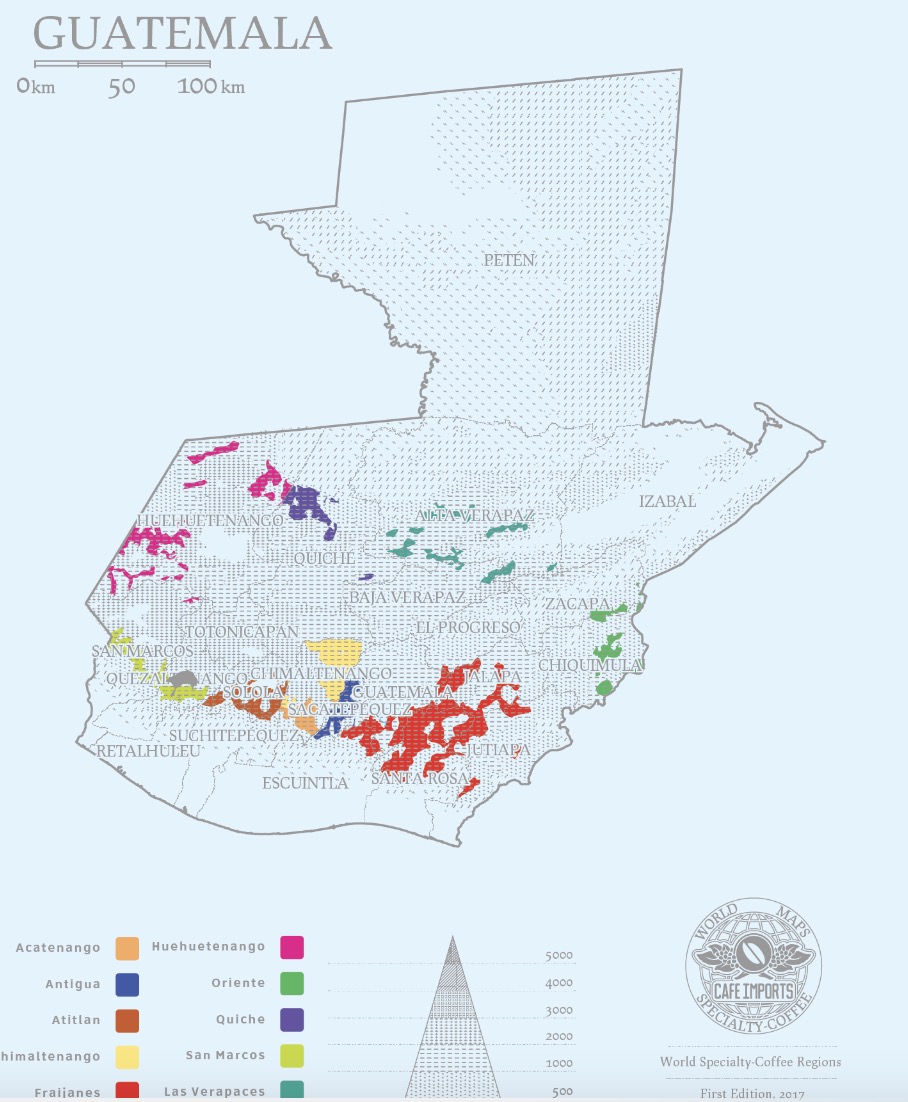
The combination of rich volcanic soil, low humidity, sufficient sunlight and strong temperature difference between day and night have created the personality of coffee in Antigua. Coffee grown in Guatemala has a soft fruit acid, nut, caramel and slightly smoked flavor, such as "Qianjie Coffee Antigua Flower God Coffee beans".
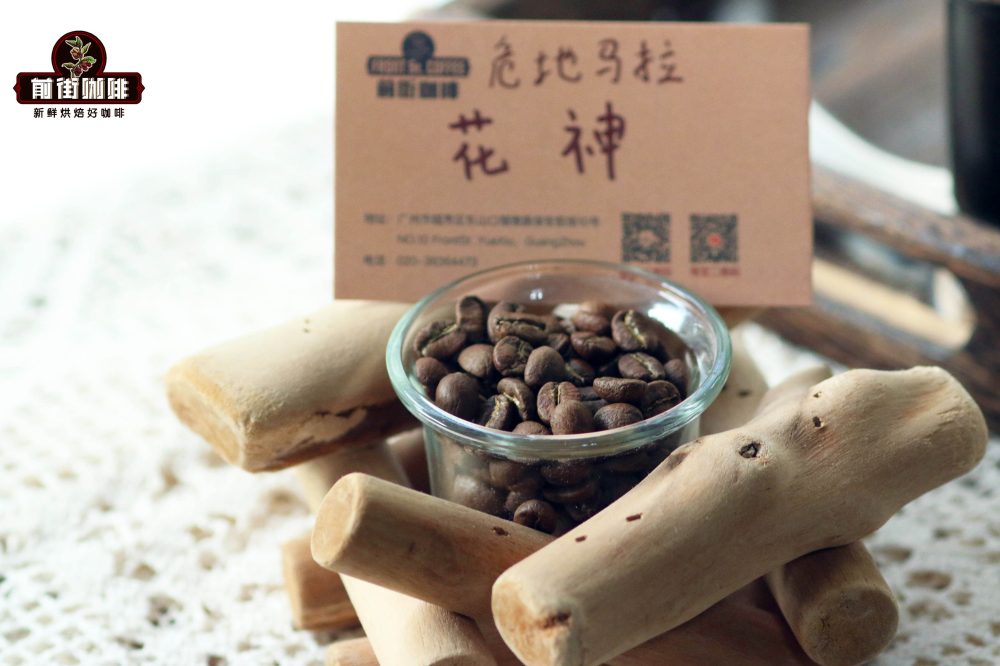
Stories of Kenya / Kenya producing areas in Africa & characteristics
Kenya is located in eastern Africa, the equator runs through the central part of the equator, and the Great Rift Valley of East Africa stretches north and south. Coffee is mainly grown in volcanic areas from the capital Narobi to the mountains of Kenya at an altitude of 1600-2100 meters. This height is suitable for the development of coffee bean flavor, because the mountain temperature is lower, the growth is slow, the aroma components of coffee beans have been fully developed, the sour taste is more obvious, and the texture is harder.
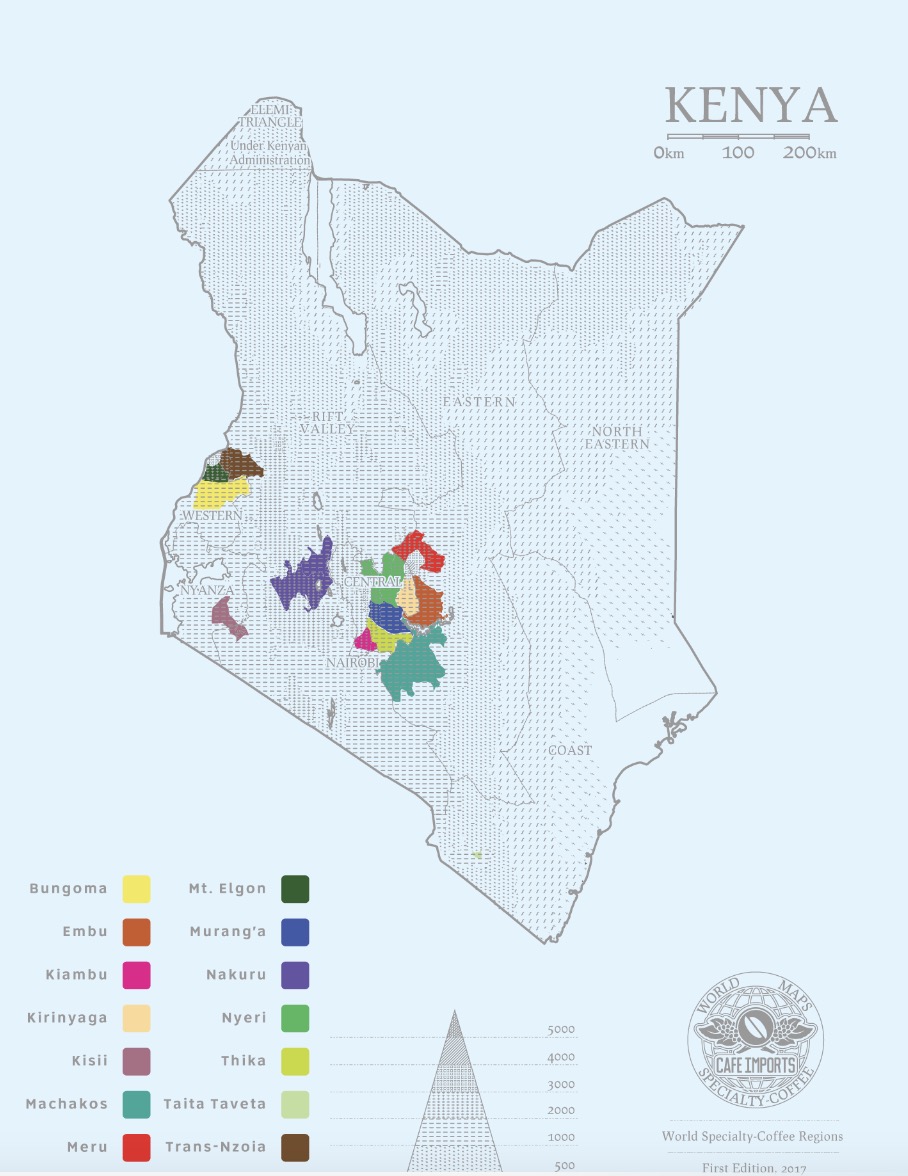
At the same time, the content of phosphoric acid in the soil of Kenya is higher than that of other producing areas, and the formation of coffee flavor mainly comes from the roots of plants and soil substances, so the coffee beans grown in Kenya have really very obvious and full acidity. Even if it is roasted at a medium and deep level, you can also feel the sour aroma of Kenyan coffee beans like small tomatoes ~ represents the "front street coffee Kenya Asaria coffee beans".
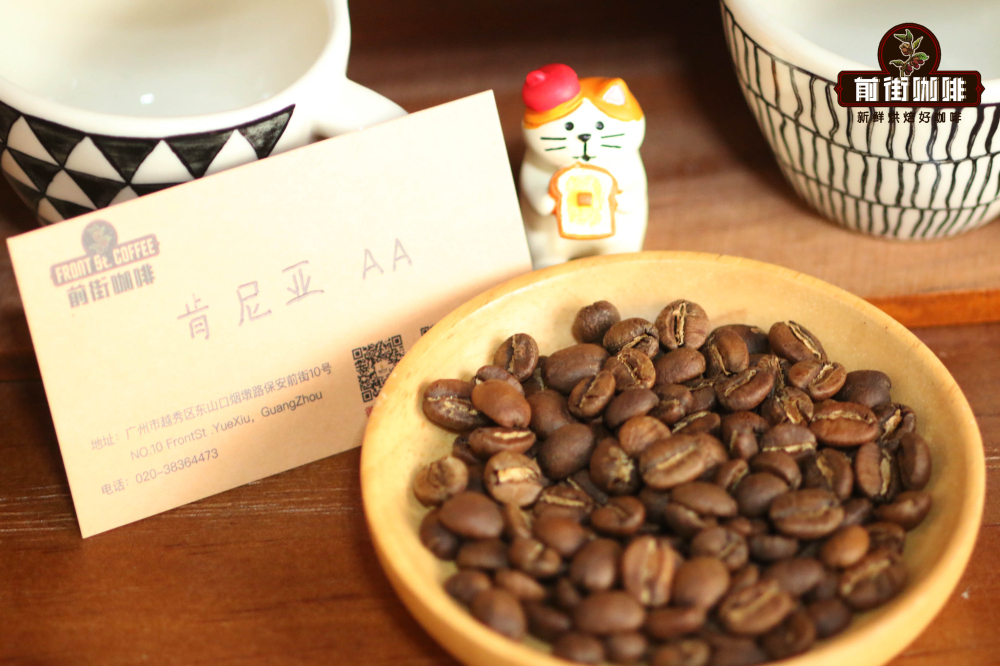
How to make coffee beans with a comprehensive mix in autumn?
The autumn mixed coffee bean shows moderate roasting, but judging from the color of the coffee bean, it is a moderately dark coffee bean. Qianjie coffee will be brewed with Kono filter cup when brewing medium-deep coffee beans every day.
The ribs of the Kono filter cup extend only from the filter hole to the 1PUX 3 of the filter cup wall. When the filter paper is glued to the filter cup, the air can not directly penetrate the whole filter cup, so it can slow down the low speed of water flow, thus achieve the effect of soaking, and help the coffee flavor substances to be released better and fuller. it can make the medium and deep roasted coffee more full and solid.
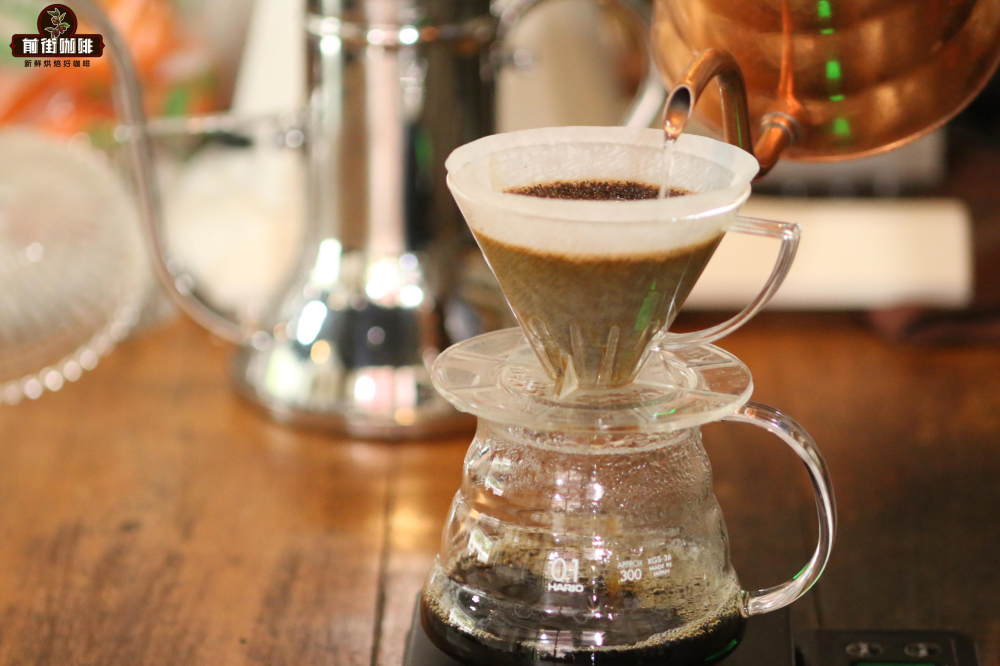
Parameters, Qianjie coffee is recommended to use coarse grinding (coarse sugar size, China 20 standard screen screening rate of 70-75%), 88 degrees Celsius water temperature, 1:15 powder-water ratio with KONO filter cup.
In terms of brewing techniques, Qianjie coffee is recommended to be extracted by stages. Specific cooking method: press the timer. The first boiling water is 30g, then steaming for 30s; then the second stage of small water is injected around to 125g; wait for the water of the powder bed to reach half of the total weight, and then continue to be injected around with a small amount of water to 225g, after all the drip filtration is finished, the total extraction time is about 2 minutes and 10 seconds.
Important Notice :
前街咖啡 FrontStreet Coffee has moved to new addredd:
FrontStreet Coffee Address: 315,Donghua East Road,GuangZhou
Tel:020 38364473
- Prev

What is the Italian style of the three waves of coffee in the world
The world's three major waves of coffee evolution three waves of coffee what is the wave of Italian coffee, can be said to be a revolution. It is precisely because the market is now filled with a large number of products that fail to restore the quality of coffee, confusing the public's correct understanding of coffee, leading to the emergence of a group of advocates who really love high-quality coffee. They insist on providing fine coffee and spread authentic coffee culture.
- Next
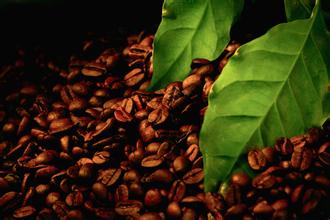
How long do you drink coffee beans after baking? how long is the shelf life? how long is the time to raise beans? a few days.
There are many theories about how to raise beans. For example, coffee beans are sealed in an aluminum foil bag with an one-way exhaust valve and kept in a constant temperature space for 8 to 24 hours. After opening, you have to put it for 30 minutes to a few hours, come into contact with the air, in order to have a good flavor and moderate exhaust. In fact, different coffee varieties need different bean cultivation and exhaust time for roasting, which requires us.
Related
- What brand of black coffee is the most authentic and delicious? what are the characteristics of the flavor of the authentic Rose Summer Black Coffee?
- Introduction to the principle and characteristics of the correct use of mocha pot A detailed course of mocha pot brewing coffee is described in five steps.
- Which is better, decaf or regular coffee? how is decaf made?
- How much is a bag of four cat coffee?
- How about four Cat Coffee or Nestle Coffee? why is it a cheap scam?
- Which is better, Yunnan four Cats Coffee or Nestle Coffee? How about cat coffee? is it a fake scam? why is it so cheap?
- How about Cat Coffee? what grade is a hoax? which instant coffee tastes better, four Cat Coffee, Nestle Coffee or G7 coffee?
- Process flow chart of coffee making-Starbucks coffee making process what coffee tastes good at Starbucks
- The top ten best coffee beans in the world Rose summer coffee or Tanzanian coffee tastes good
- Yunnan four cat coffee is good to drink?_four cat coffee is a big brand? four cat blue mountain coffee is fake?

